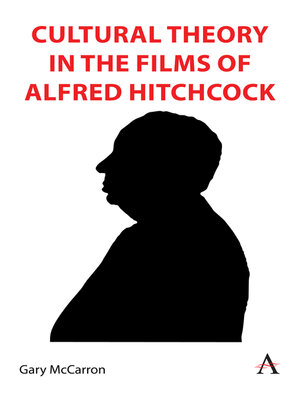
Sign up to save your library
With an OverDrive account, you can save your favorite libraries for at-a-glance information about availability. Find out more about OverDrive accounts.
Find this title in Libby, the library reading app by OverDrive.



Search for a digital library with this title
Title found at these libraries:
| Library Name | Distance |
|---|---|
| Loading... |
This book is neither biography nor a conventional film critique. Rather, the text explores aspects of Hitchcock's work in relation to theories drawn from the social sciences and philosophy. The various chapters focus not on specific films, but on broader ideas central to Hitchcock's work. There is, for instance, a chapter on his idea of the MacGuffin in which I use Ernesto Laclau's theories of equivalent substitution to explain how the MacGuffin functions in Hitchcock's works. There is also a chapter on his notion of 'pure cinema' which moves from the idea of purity as an anthropological concept to consider purity in relation to current debates regarding so-called hybrid media, and Hitchcock's relevance to these issues in respect of his dissatisfaction with the advent of sound to the cinema world. Broadly speaking, the book uses Hitchcock's films to illustrate ideas in the social sciences and philosophy and uses those same ideas to illustrate aspects of Hitchcock's films.







